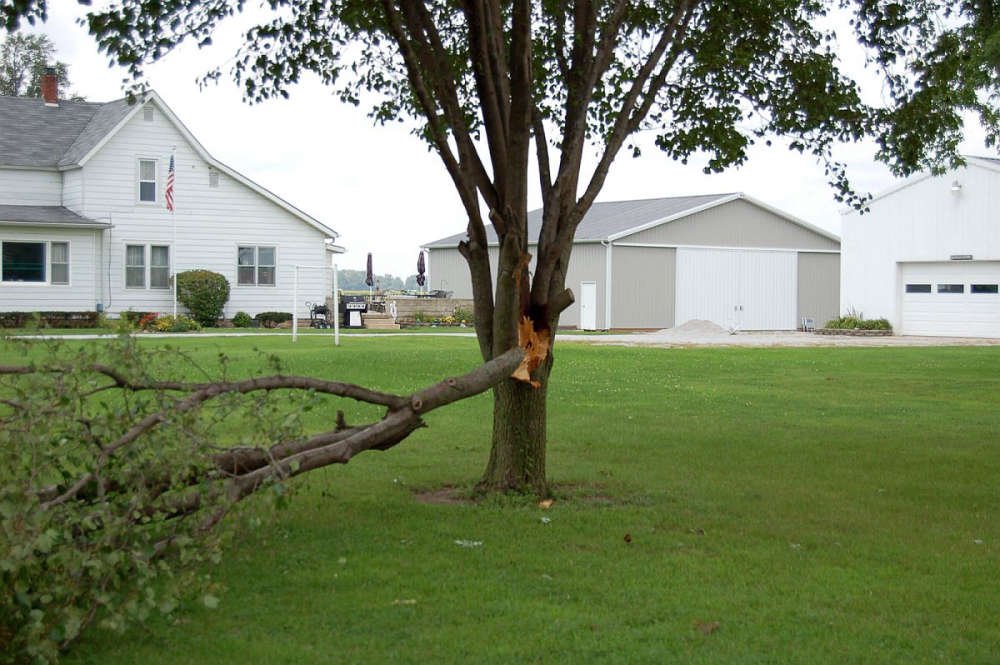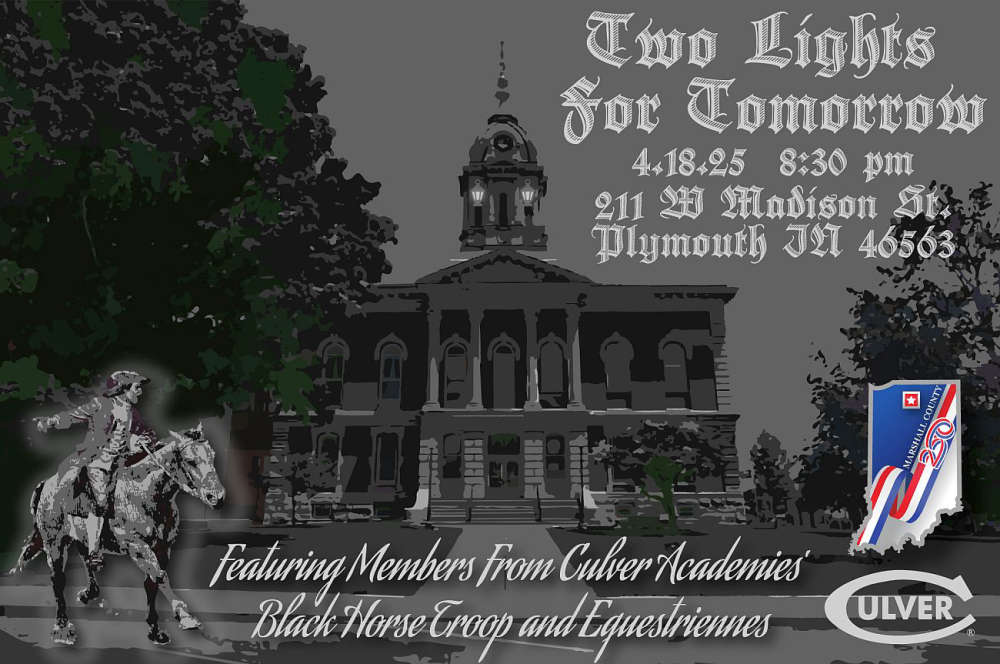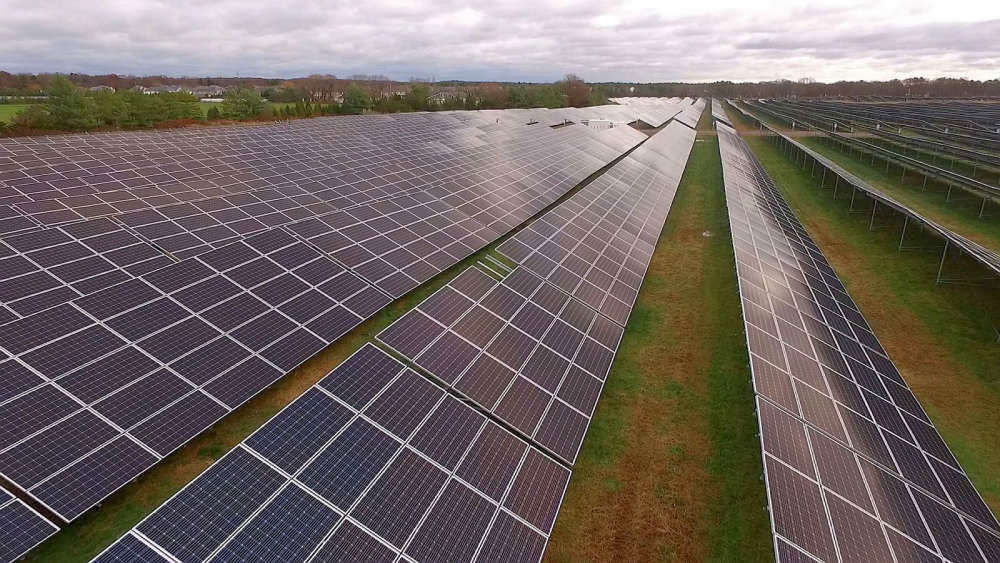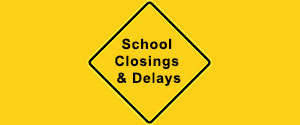
April showers bring May Flowers. Many of us were taught this little rhyme to describe the weather of Spring. April has arrived, along with the beginning of the spring storm season, and damage to and from trees is a topic of concern for many.
Depending on the intensity of the storms and the condition of the trees, damage from high winds, heavy rainfall, and lightning can be quite severe. Cracked or broken branches, stem failure, and root failure are some of the main concerns, as well as the risk and liability of damage to people and property.
If your tree is damaged, there are some steps to deal with the situation. First and foremost, consider the safety of yourself and others around you. Inspect the tree from a distance first, looking for the following:
- Heaving of the ground, indicating potential root failure
- Damage to limbs and/or the trunk of the tree
- Hanging branches can fall to the ground, resulting in injury or death
- Be aware of utility and power lines. Trees can become charged by coming in contact with live wires. All utility lines should be considered energized and dangerous.
Find your trees damaged from a storm? Hiring an International Society of Arboriculture (ISA) Certified Arborist to perform a risk assessment will help you decide how to manage your tree. To find an arborist near you and verify credentials, use the link at Find an Arborist https://www.youtube.com/watch?v=z6WZ1kLPLuA , Trees are Good www.treearegood.org , International Society of Arboriculture (ISA). For more information, you can also view Trees and Storms in The Education Store, Purdue Extension’s resource center.
Additional Resources offered by Purdue Extension and Indiana PREPared
Purdue Landscape Report: https://purduelandscapereport.org/wp-content/uploads/2025/04/25-02.pdf
Trees and Storms: https://www.extension.purdue.edu/extmedia/fnr/fnr-faq-12-w.pdf
Clearing Debris from Land: https://tinyurl.com/ClearingDebrisfromLand
IN PREP: INPREPared.org
By: Ben McCallister, Purdue Landscape Report


 Commissioners approve Marshall County America 250 event, Two Lights for Tomorrow April 18th
Commissioners approve Marshall County America 250 event, Two Lights for Tomorrow April 18th
 County Attorney updates Commissioners on Tamarack BZA appeal case
County Attorney updates Commissioners on Tamarack BZA appeal case
 IN Dept. of Health confirms first case of measles in 2025
IN Dept. of Health confirms first case of measles in 2025
 Warrant served on Jason Housour for failure to appear, fines & costs
Warrant served on Jason Housour for failure to appear, fines & costs
 Plymouth Officer arrests Hammond man on nationwide felony warrant from U.S. Postal Inspection Service
Plymouth Officer arrests Hammond man on nationwide felony warrant from U.S. Postal Inspection Service
 County Police arrest Chicago man for OWI & leaving the scene of property damage accident
County Police arrest Chicago man for OWI & leaving the scene of property damage accident
 Goshen & Bremen men arrested for driving without licenses
Goshen & Bremen men arrested for driving without licenses




